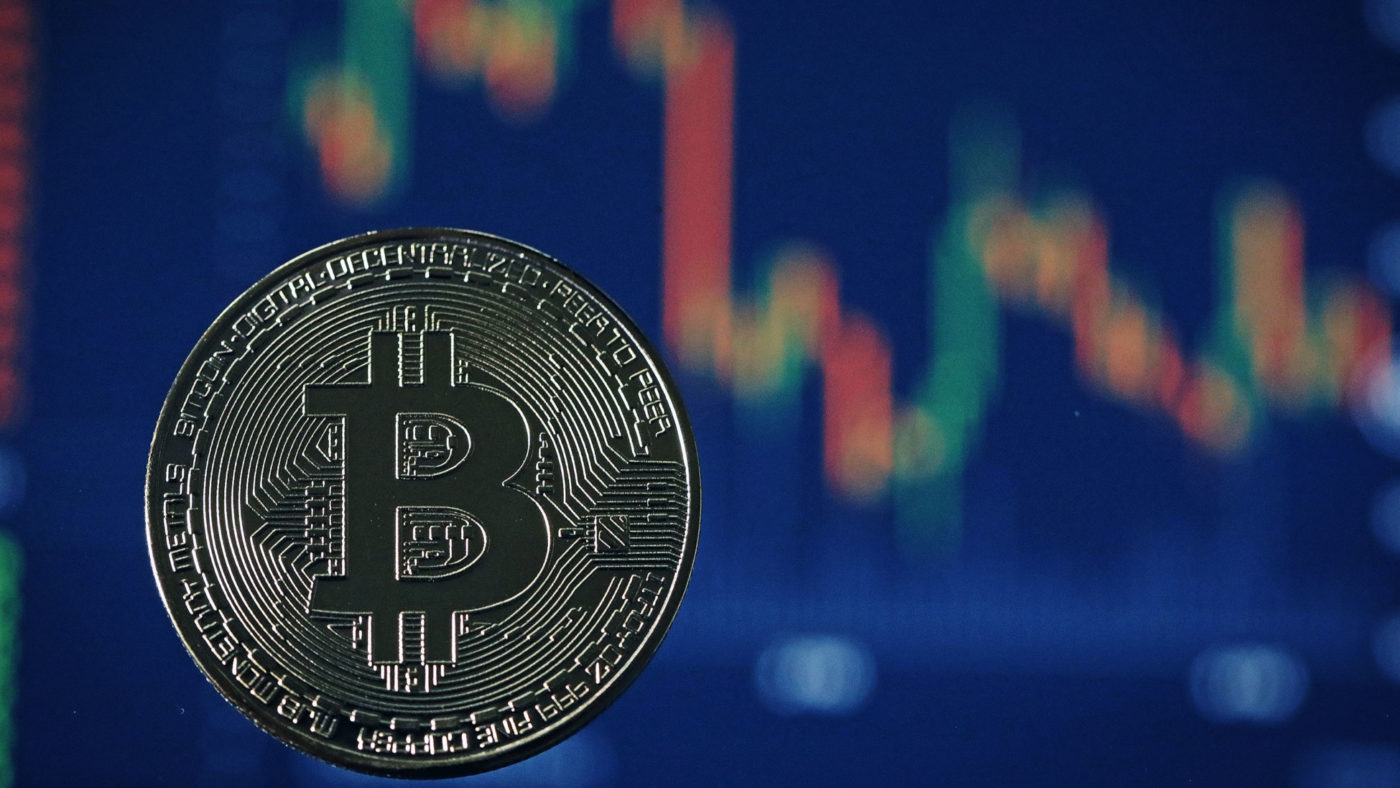Some time ago, I confessed to CapX readers my unease about pricing cryptocurrencies such as bitcoin.
I wasn’t alone in my hesitation: New York University finance professor Aswath Damodaran has voiced scepticism that assets with no cash flows can be valued, in the financial sense of estimating what the future payoffs from holding the asset are worth. Not to mention the ranks of academic luminaries, from Yale bubble-spotter Robert Shiller to central banking maestro Alan Greenspan, who have questioned the cryptoasset boom.
Yet, despite forebodings from the ivory tower, someone is doing the pricing. But 2018 is so far proving a bear market. The price of bitcoin has dropped from $11,000 at the start of March to under $7,000 today, having in the three months prior reached $17,500. Other popular cryptocurrencies such as Ethereum and Ripple have similarly traced a downward path since January.
The rally and subsequent slump have elicited strong views from sceptics and boosters alike. Some among the former have likened Bitcoin and its brethren to Ponzi schemes in which no right-thinking person would partake. Many among the latter seem to think that anything with blockchain or crypto in its name merits investor cash.
Both are wrong. Fortunes are bound to be made as cryptocurrencies become more widespread media of exchange. However, it’s unlikely that ordinary investors like you and me will see the three- and four-digit returns that have grabbed headlines. As consumers, we will benefit from cryptocurrencies, but those who speculate should be ready to get burnt.
The distinction is usually missed in popular discussion. To most people, Bitcoin is a volatile asset. But its use and function is as a payments system. The revolutionary potential of Bitcoin is not as a speculative vehicle if you think it is, I have a tulip to sell you — but as a means of exchange without an intermediary.
Like fiat currency, bitcoins represent the value being exchanged, but they are also the reward to other users in the network (called ‘miners’) who help to validate the transaction. Miners are the reason Bitcoin can be PayPal without PayPal. The contribution of Bitcoin, in short, is to remove the intermediary without undermining trust in the network.
What does this mean for the value of a bitcoin? We know the coins are in limited supply: their number will never exceed 21 million.
But the applications are myriad, and the extent to which Bitcoin — or competing cryptocurrencies — will replace intermediaries is anybody’s guess. A few years ago, Art Laffer (of ‘Laffer Curve’ fame) and Chris Burniske estimated that a bitcoin could be worth as much as $20,000, if one assumed Bitcoin would take over the entire global market for remittances. A more conservative estimate of a 10 per cent market share yields a fair value of $2,000 per bitcoin.
What does this tell us about what’s currently going on in cryptocurrency markets? There are several things to note. First, it is an illiquid market, since not all future coins are in circulation, and many holders of coins refuse to trade them. The price is therefore determined by a small fraction of the total coin stock.
Secondly, a few informed people are figuring out what the market potential of each available coin is. This involves assumptions about the markets in which cryptocurrencies could be profitably used, the speed and electricity cost of effecting transactions, and the ability of intermediary competitors to meet the challenge from cryptocurrencies by lowering their own margins.
It’s unlikely that intermediaries will be entirely wiped out, so the potential market share of cryptocurrencies is anywhere between 0 and 100 per cent. That means a narrow estimate of the fair value of a coin is hard to pin down.
Thirdly, a lot of uninformed people are jumping on the cryptocurrency bandwagon. Noise trading of this sort helps to explain the wild gyrations of bitcoin and others since 2017. Furthermore, a large density of inexperienced buyers also attracts scammers. With over 1,300 applications being built on the Ethereum network alone, some of the business propositions are bound to be dubious, or downright fraudulent.
The policy implications are significant. In the short term, a lot of money will be made from high volatility in cryptocurrency prices and capital raised from new coin issues. Even more money may be lost as unwitting investors are left with expensive coins of dubious utility. What’s more, many commentators — including Ethereum founder Vitalik Buterin — believe that widespread use of cryptocurrencies will lead to a decline, not a rise, in their market value.
At the same time, the spread of disintermediation thanks to cryptocurrencies will improve the lot of consumers. Many previously expensive transactions, such as international remittances and real estate purchases, are already becoming cheaper thanks to competitive pressure from blockchain-based applications. Notably, those on lower incomes are disproportionate beneficiaries.
Companies will also see their cost of capital decline as more funding is raised on the blockchain, eschewing the expensive services of stock exchanges and investment banks.
But politicians will have to let markets mature for these longer-term benefits to materialise. There is a real risk that the boom-and-bust which will likely precede widespread cryptocurrency adoption will lead to regulatory overkill. This wouldn’t spare investors from the cost of their mistakes, but it would harm consumers who stand to benefit from more competitive goods and services provision.
Even for those of us who didn’t buy bitcoin at $17,000, the stakes are high.


